Master the Art of Lighting Layers
Professional interior designers know that lighting makes or breaks a luxury look, and recent studies from the American Lighting Association show that homes with three or more light sources per room are perceived as 40% more expensive than those with single overhead fixtures. The secret lies in creating ambient, task, and accent lighting that mimics what you’d find in a $2 million penthouse. Instead of relying on that harsh ceiling light, invest in a few table lamps, floor lamps, and maybe some LED strip lights behind your TV or under cabinets. Warm light bulbs around 2700K create that cozy, expensive feeling that cold fluorescent lights simply can’t match. Even a $15 dimmer switch can transform your space from college dorm to sophisticated sanctuary. The goal is to never have just one light source doing all the work – luxury spaces always have options.
Paint Tricks That Scream Expensive
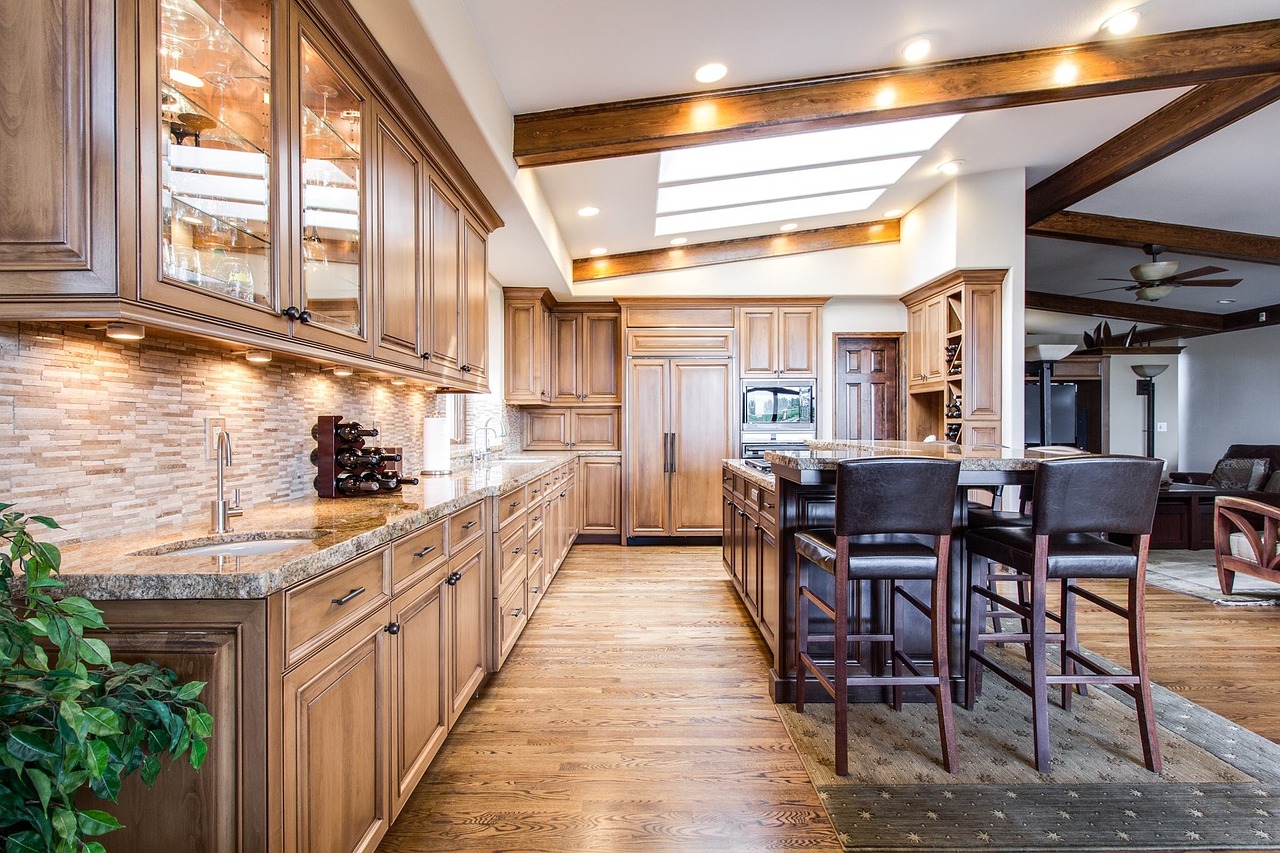
According to Sherwin-Williams’ 2024 trend report, certain paint techniques can add perceived value of up to $30,000 to a home’s interior appeal. The easiest fake-luxury trick is painting your trim and doors in a crisp white or slightly off-white color, even if your walls are white too – this creates depth and architectural interest that screams custom millwork. Another game-changer is painting an accent wall in a rich, saturated color like deep navy, forest green, or charcoal gray, which creates the illusion of expensive wallpaper or paneling. Professional painters often use a technique called “color drenching,” where they paint the walls, trim, and ceiling in slightly different shades of the same color family. This creates a sophisticated, cohesive look that feels intentional and expensive. The key is choosing paint colors that photograph well on Instagram – if it looks good in photos, it probably looks expensive in person.
Strategic Mirror Placement for Maximum Impact
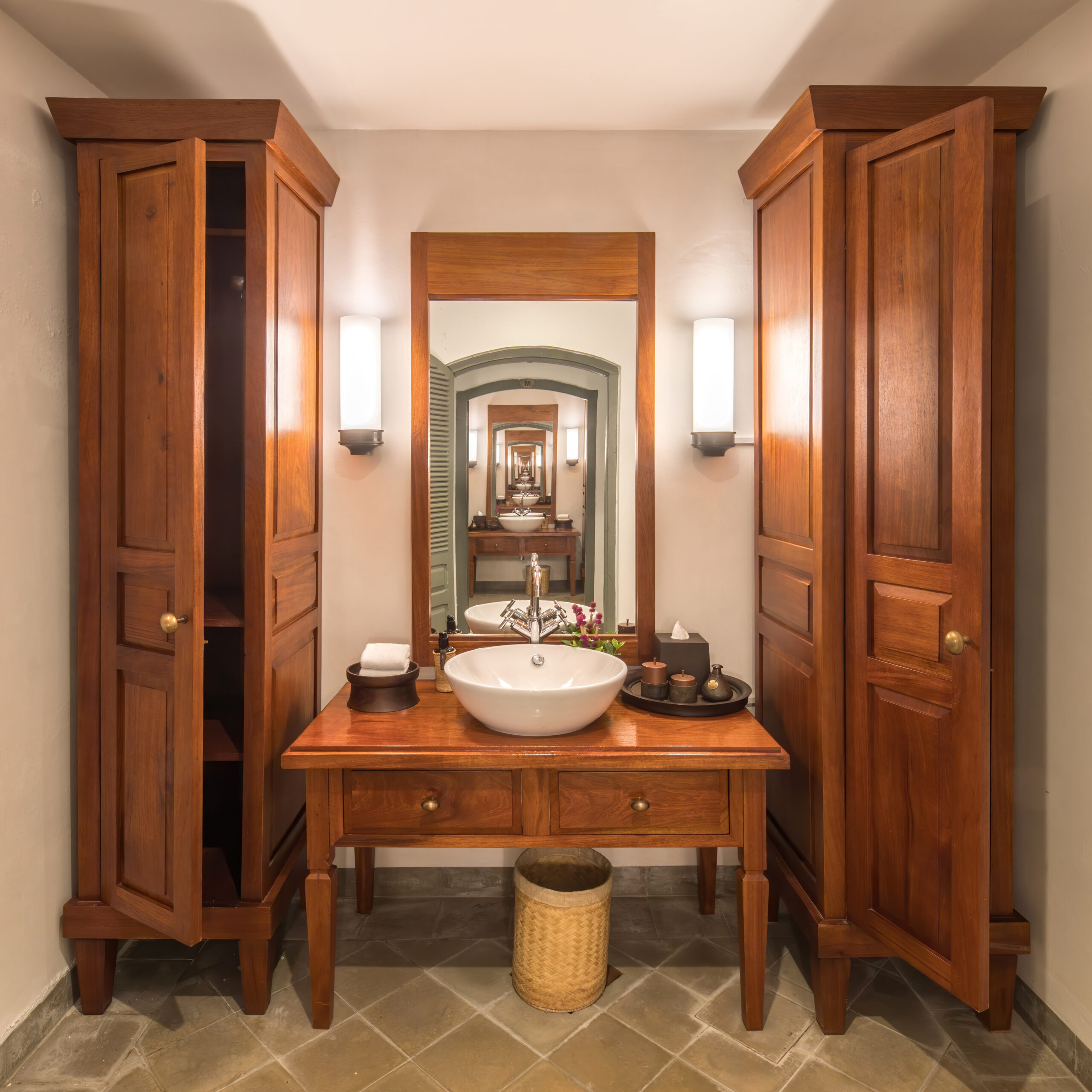
Interior design research from the Home Staging Institute reveals that strategically placed mirrors can make spaces appear up to 50% larger and significantly more luxurious. The trick isn’t just hanging any mirror anywhere – it’s about creating the illusion of windows, architectural features, and endless space. Place a large mirror directly across from a window to double the natural light and create the feeling of having more windows than you actually do. Leaning an oversized mirror against a wall instead of hanging it creates that effortless, expensive look you see in design magazines. Round mirrors are having a major moment in 2024 and 2025, with interior designers noting they soften harsh angles and add sophistication to any room. For maximum impact, group different sized mirrors together on one wall – this creates a gallery effect that looks intentional and costly. The reflection should always show something beautiful, like a piece of art, plants, or an attractive view.
Furniture Arrangement Psychology
Recent behavioral studies from the Environmental Psychology Institute show that furniture arrangement can influence how expensive a space feels, with properly scaled and positioned pieces increasing perceived luxury by up to 35%. The biggest mistake people make is pushing all their furniture against the walls, which makes a room feel like a waiting room rather than a sophisticated living space. Pull your sofa away from the wall by at least 12 inches and create conversation areas that feel intimate and purposeful. High-end designers always use the “floating furniture” technique, where pieces are arranged to create natural walking paths and distinct zones within a room. If you have a small space, try angling your furniture instead of placing everything parallel to the walls – this creates visual interest and makes the room feel more dynamic. The rule of three applies here too: group items in odd numbers, whether it’s throw pillows, decorative objects, or even furniture pieces.
Textile Layering Like a Pro
Luxury textile trends from the 2024 High Point Market show that layering different textures and fabrics can create a $50,000 custom look for under $500. The secret is mixing textures – combine smooth silk or satin with nubby linen, add some velvet or faux fur, then ground it all with natural materials like jute or wool. Throw pillows are your best friend here; designers recommend having at least three different textures and two different sizes on any sofa or bed. Don’t match everything perfectly – that actually looks cheap and basic. Instead, choose a color palette of three colors maximum and vary the patterns and textures within that palette. Real luxury spaces always have that “collected over time” feeling, where no two pieces are exactly alike but everything works together harmoniously. Draping a beautiful throw blanket casually over a chair or the end of your bed adds that expensive, lived-in luxury vibe.
Gallery Wall Magic
Art market research from Artsy’s 2024 report indicates that homes with gallery walls are perceived as 45% more sophisticated and valuable than those with single statement pieces. The key to creating an expensive-looking gallery wall isn’t buying expensive art – it’s about the arrangement and framing. Mix different sizes of frames but keep them in the same color family, whether that’s all black, all white, or all natural wood. Include a variety of art types: photography, prints, drawings, and even small objects in shadow boxes. The spacing between pieces should be consistent, about 2-3 inches apart, and the overall arrangement should feel balanced without being perfectly symmetrical. Start by cutting paper templates of your frames and tape them to the wall first – this lets you perfect the arrangement before making holes. Professional framers know that good matting can make a $10 print look like a $1000 original artwork.
Crown Molding and Trim Illusions
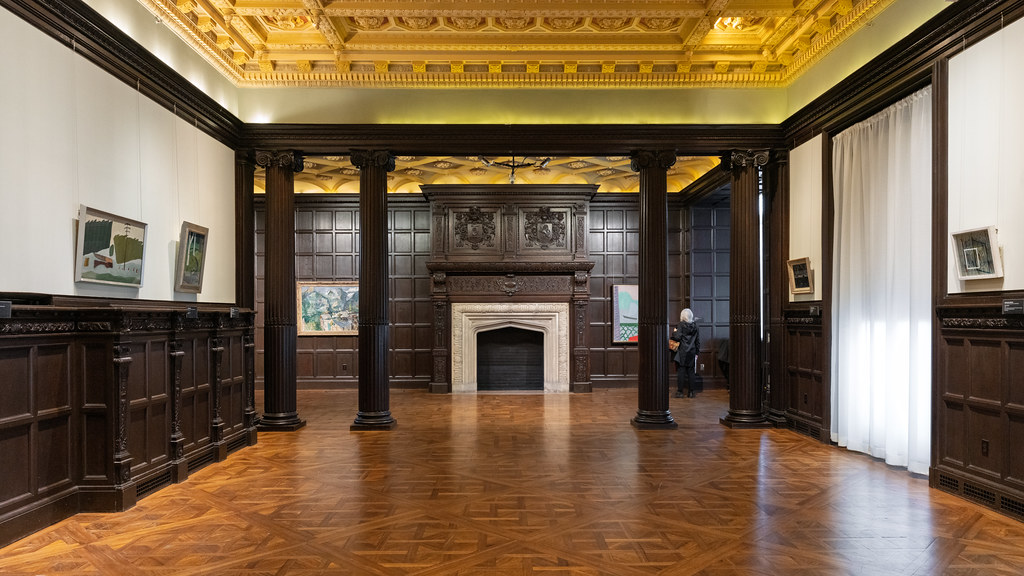
Architectural detail studies from the National Association of Home Builders found that rooms with crown molding are perceived as 25% more valuable than those without, even when the molding is simple and inexpensive. You don’t need to hire a carpenter to get this look – peel-and-stick crown molding has come a long way and can create the illusion of custom millwork for a fraction of the cost. The same principle applies to adding trim around doorways, windows, and even creating fake wainscoting with some strategically placed strips of molding. Painting all your trim in a slightly different shade than your walls creates depth and architectural interest. Another trick is adding picture rail molding about 12 inches down from the ceiling and painting the space above it a darker color – this creates the illusion of higher ceilings and expensive period details. These small architectural touches are what separate basic builder-grade spaces from custom, luxury interiors.
Kitchen and Bathroom Hardware Upgrades
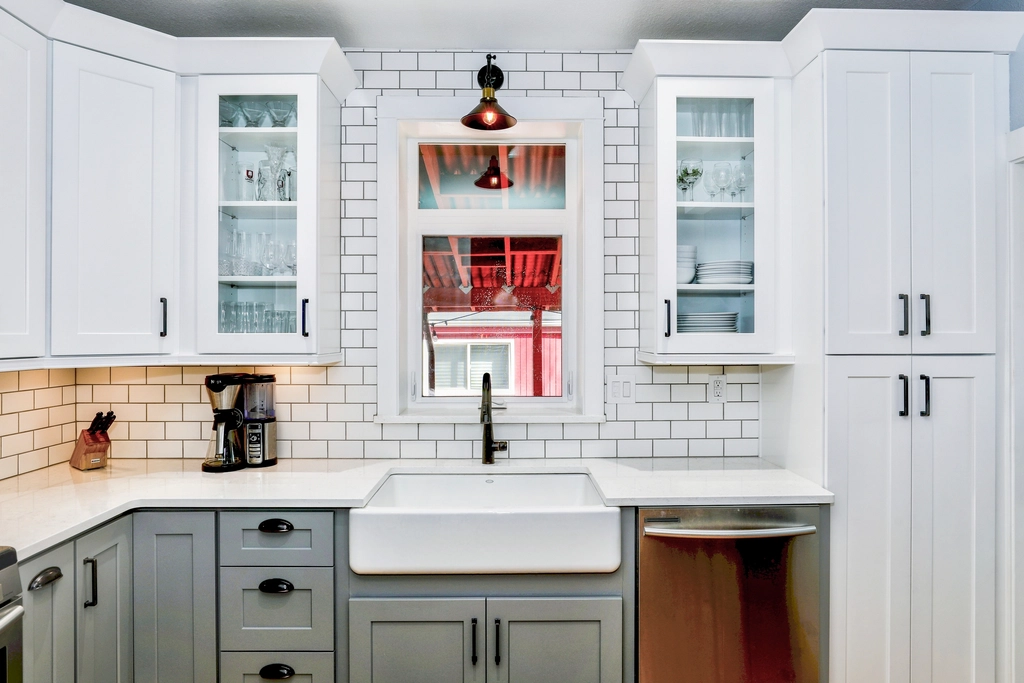
Consumer research from the Kitchen and Bath Association shows that upgrading cabinet hardware can increase perceived home value by up to $15,000 while costing less than $200 to implement. The fastest way to make your kitchen or bathroom look expensive is to replace basic builder-grade hardware with substantial, weighty pieces in brushed brass, matte black, or brushed nickel. Longer cabinet pulls (4+ inches) instantly modernize any space and make cabinets look more custom and intentional. Don’t mix metals unless you’re doing it very intentionally – pick one finish and stick with it throughout the space. Cabinet hardware should feel substantial in your hand; lightweight, hollow-feeling pieces scream cheap even from across the room. If you’re renting and can’t change the hardware permanently, there are temporary options like hardware wraps and overlays that can still create that high-end look. The same principle applies to switch plates and outlet covers – upgrading to sleek, modern versions in a consistent finish makes everything look more expensive.
Plant Styling for Luxury Appeal
Biophilic design research from the International Living Future Institute demonstrates that strategically placed plants can increase a space’s perceived luxury value by 30-40%. The key isn’t just having plants – it’s having the right plants in the right containers in the right spots. Large statement plants like fiddle leaf figs, monstera deliciosas, or bird of paradise create that expensive, designed look you see in luxury hotels and high-end homes. Group plants of different heights together, and always use planters that complement your decor rather than basic plastic pots. Hanging plants add vertical interest and make ceilings feel higher, while trailing plants on shelves create layers and depth. Fresh flowers don’t have to be expensive – even grocery store blooms look luxurious when arranged properly in a beautiful vase. The trick is editing ruthlessly; a few beautiful, healthy plants look much more expensive than many struggling, poorly placed ones.
Scent and Sound Design
Sensory marketing research from the Scent Marketing Institute shows that luxury spaces engage multiple senses, with the right scent increasing perceived property value by up to 20%. High-end hotels and stores spend thousands on signature scents, but you can create the same effect with reed diffusers, candles, or even a subtle room spray in sophisticated scents like sandalwood, white tea, or clean linen. The key is consistency – your home should have a signature scent that people associate with your space. Sound matters too; luxury spaces are often quieter, so consider adding rugs, curtains, and upholstered furniture to absorb sound and create that peaceful, spa-like atmosphere. Soft background music or even the sound of a small water feature can elevate the ambiance. These sensory details work subconsciously to make people feel like they’re in an expensive, thoughtfully designed space. The goal is creating an environment that feels like a luxury retreat rather than just a place to crash.
Budget-Friendly Statement Pieces
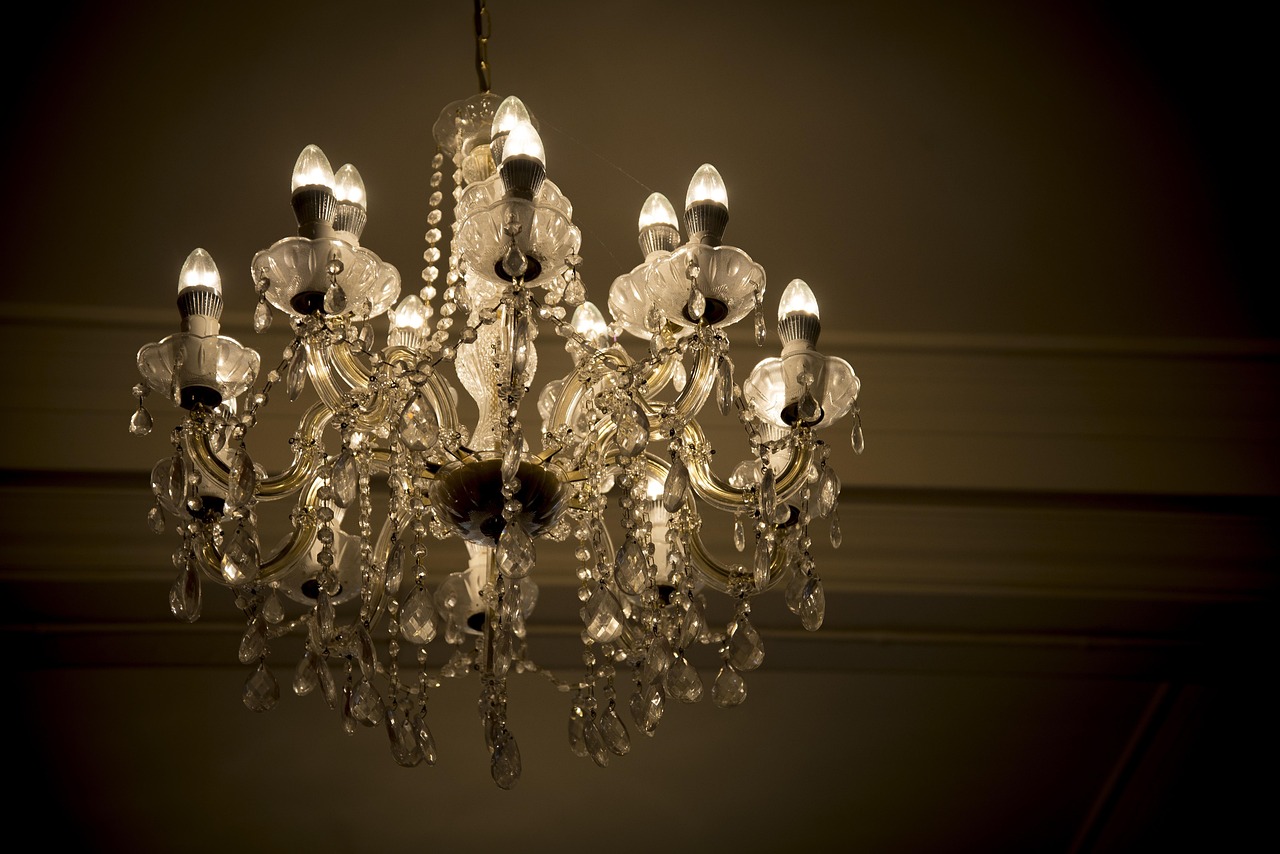
Retail trend analysis from the Home Furnishings Association reveals that one well-chosen statement piece can elevate an entire room’s perceived value more than multiple smaller purchases. The trick is knowing where to splurge and where to save – invest in one show-stopping piece per room, whether that’s a stunning light fixture, a beautiful area rug, or an eye-catching piece of art. Thrift stores, estate sales, and online marketplaces are goldmines for unique vintage pieces that add character and sophistication. A vintage brass chandelier or an antique wooden coffee table brings the kind of patina and uniqueness that you simply can’t buy new. When shopping for statement pieces, look for items with interesting shapes, quality materials, or unique details that photograph well and spark conversation. The rest of your decor can be simple and affordable as long as that one special piece anchors the room and gives it personality.
Color Psychology and Sophisticated Palettes
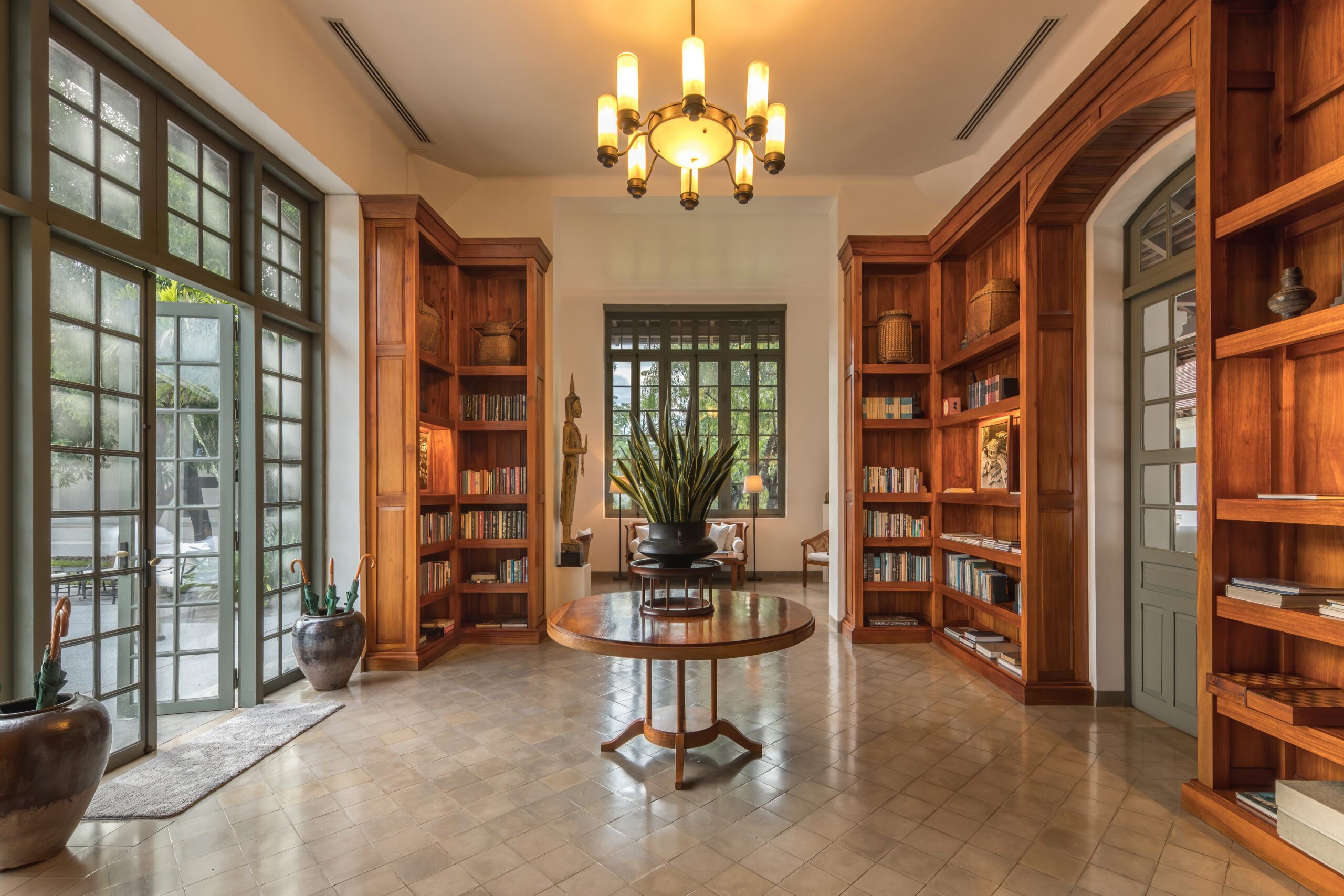
Color psychology research from the Institute of Color Research indicates that certain color combinations are consistently associated with luxury and sophistication across cultures and demographics. Rich, saturated colors like deep blues, emerald greens, and warm burgundies create an expensive feeling, especially when paired with crisp whites and soft grays. The 60-30-10 rule works perfectly here: 60% neutral base colors, 30% secondary colors, and 10% accent colors for pops of interest. Monochromatic color schemes – using different shades and tints of the same color – create sophisticated, pulled-together looks that feel intentional and expensive. Avoid using too many bright, saturated colors together, which can feel chaotic and cheap. Instead, opt for one or two rich colors paired with plenty of neutrals. Even if you’re working with existing furniture in less-than-ideal colors, you can tie everything together with accessories, artwork, and textiles in your chosen sophisticated palette.
What’s the one room in your home that could use this luxury makeover magic the most?

Kelly Westler is a celebrated designer and author specializing in bold, eclectic interiors. Her book The Art of Spaces showcases her signature mix of colors, textures, and vintage influences, inspiring homeowners to embrace fearless design.
